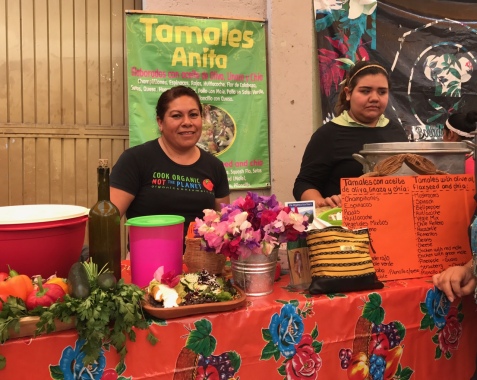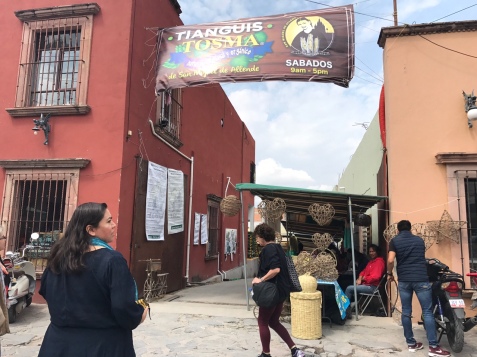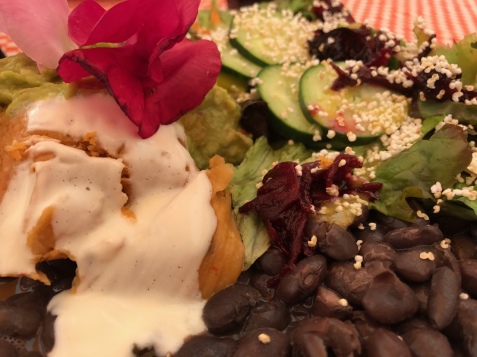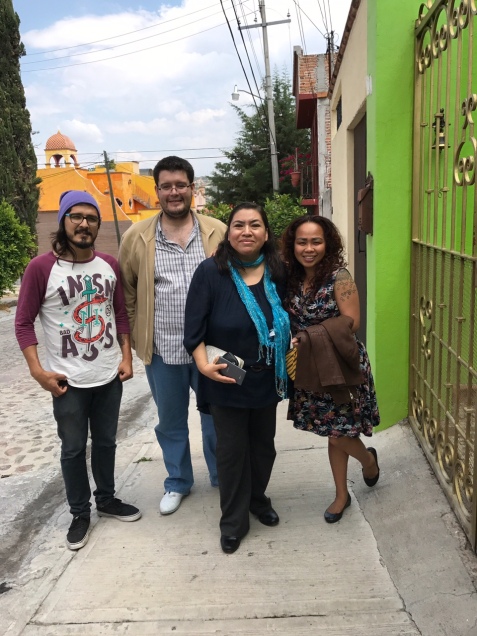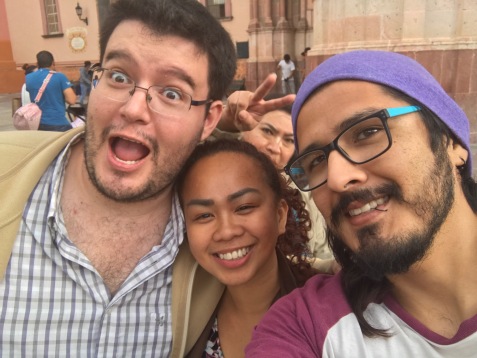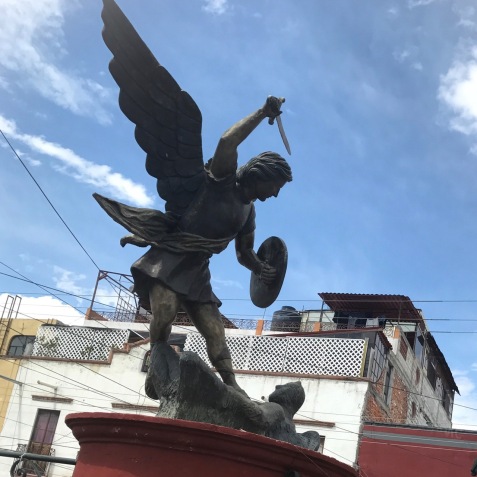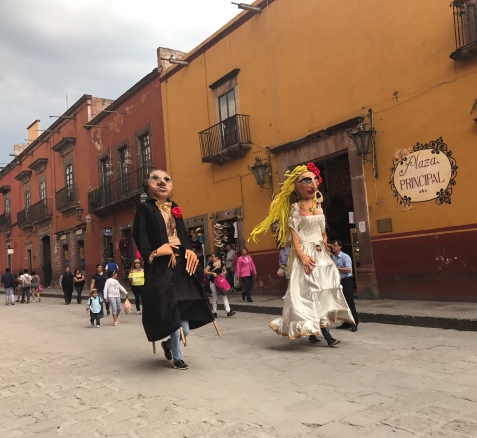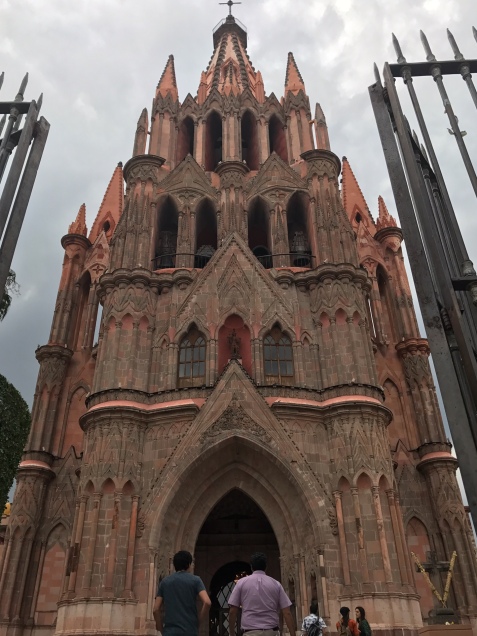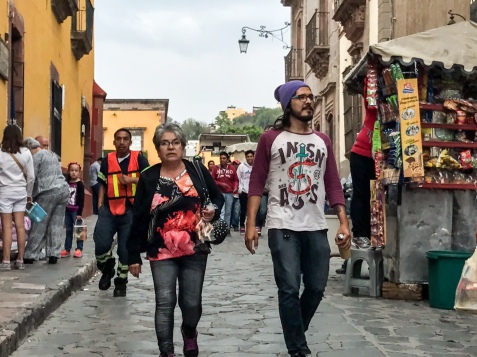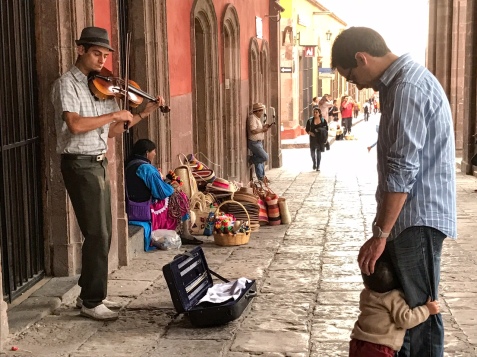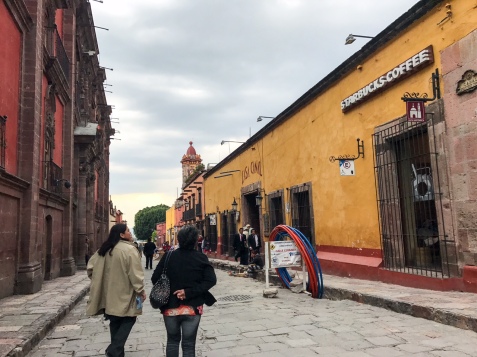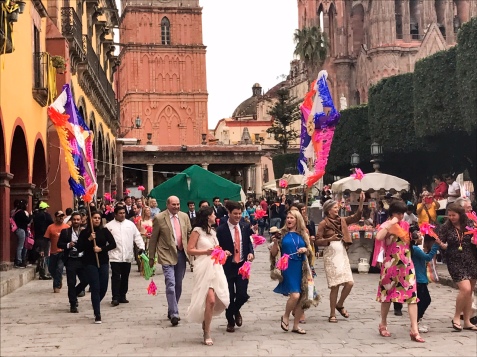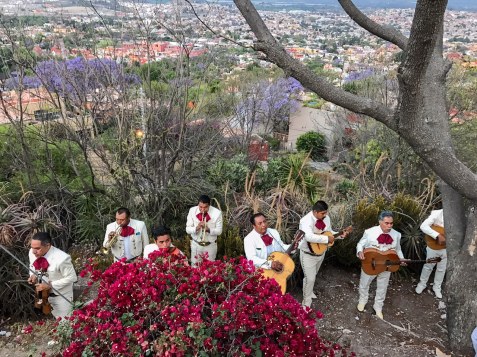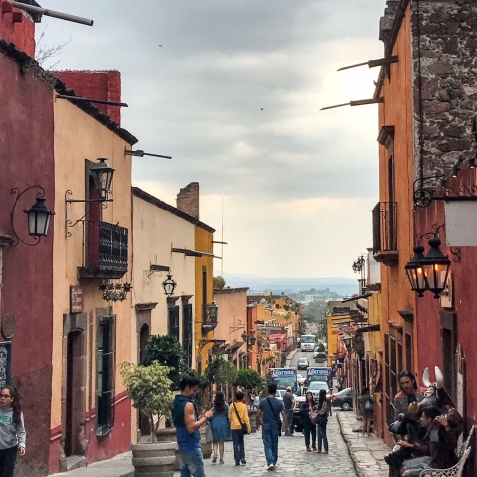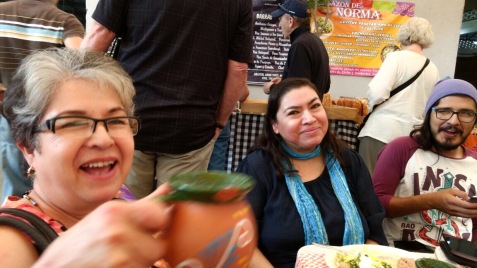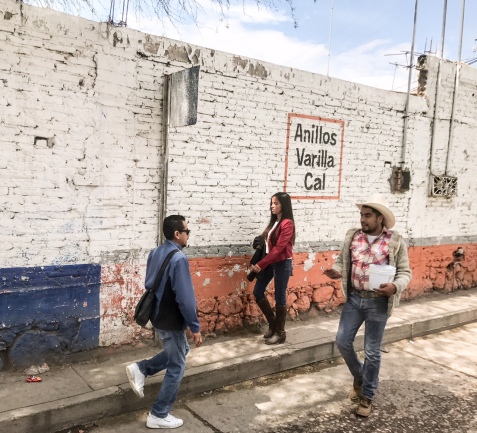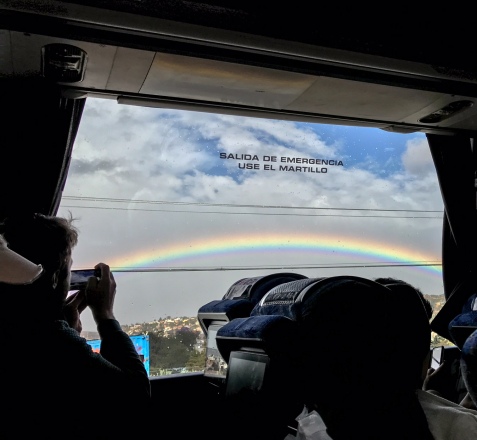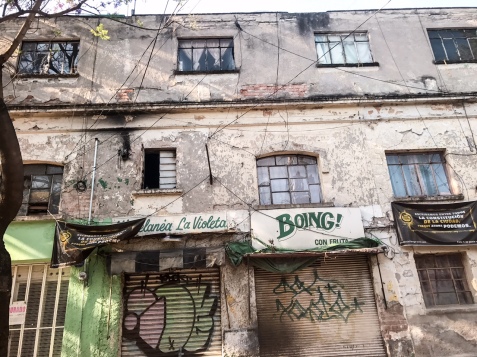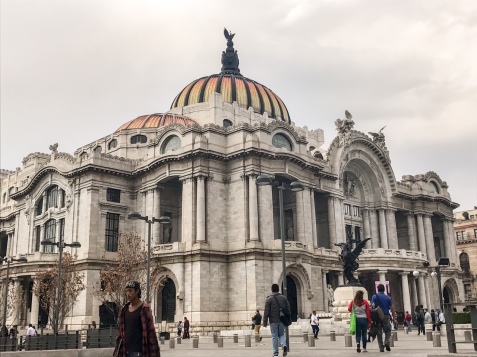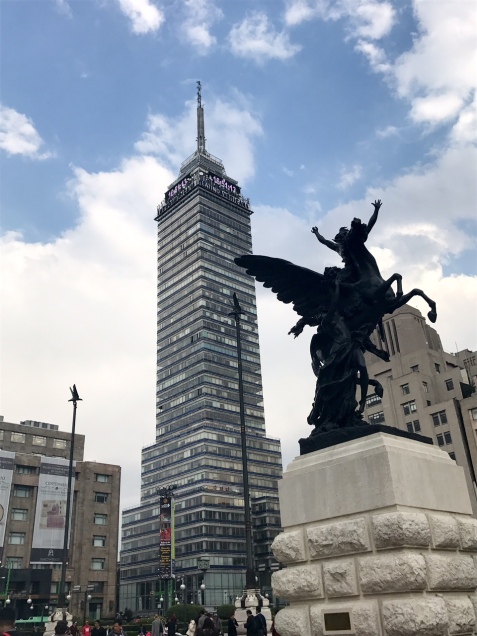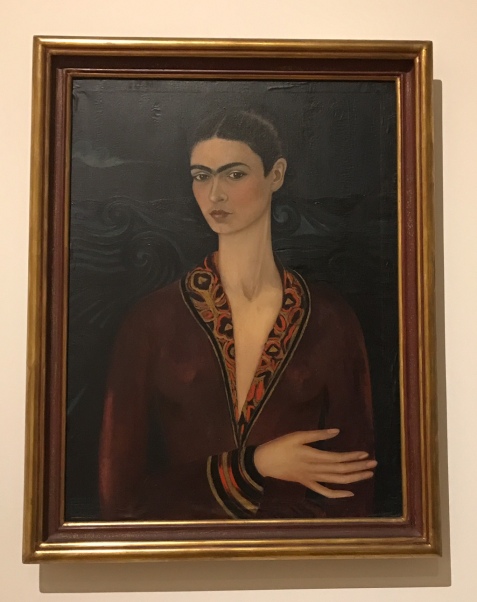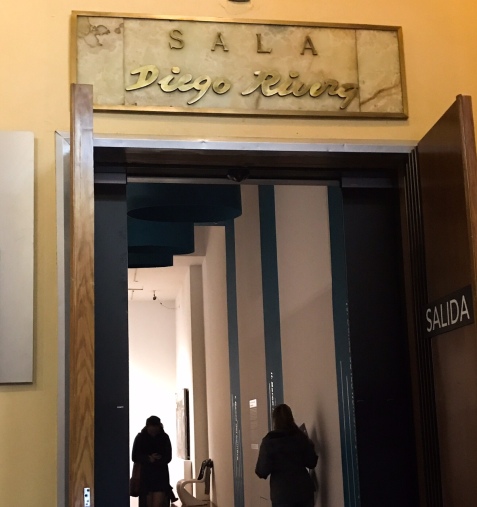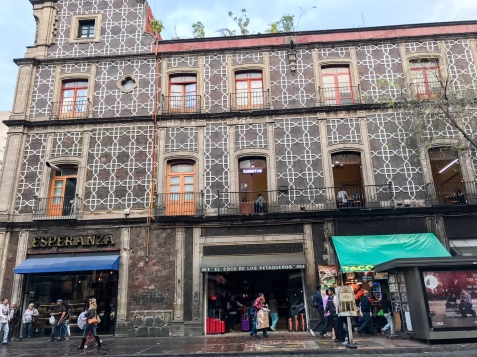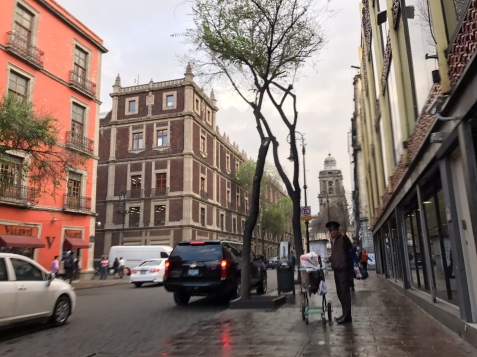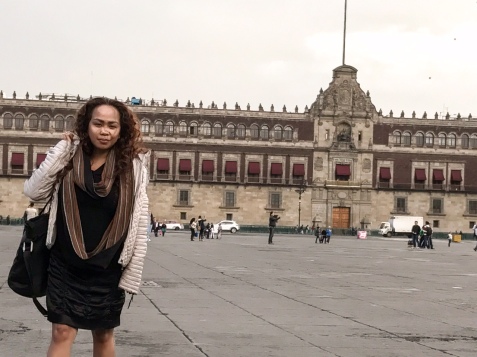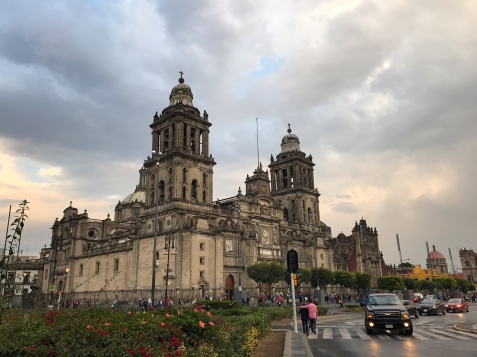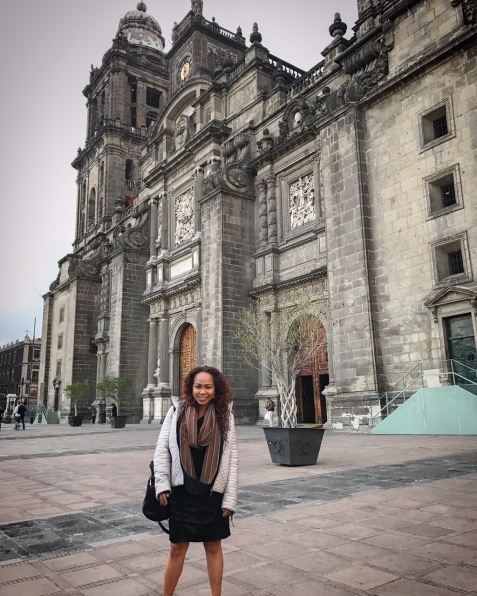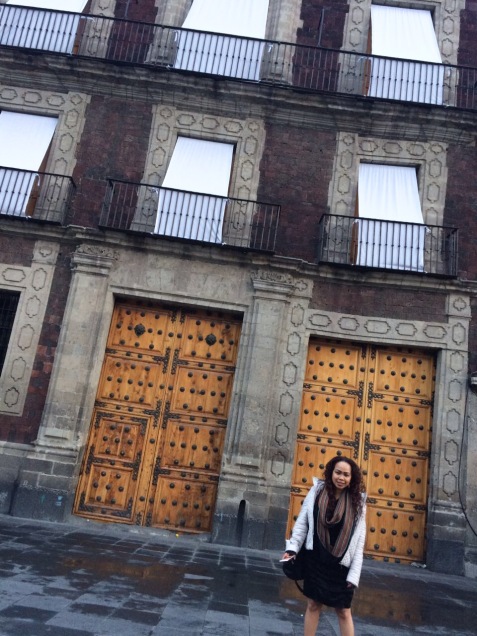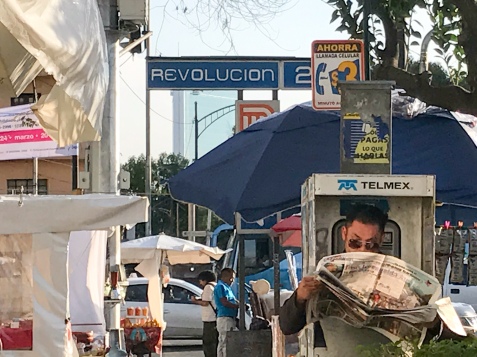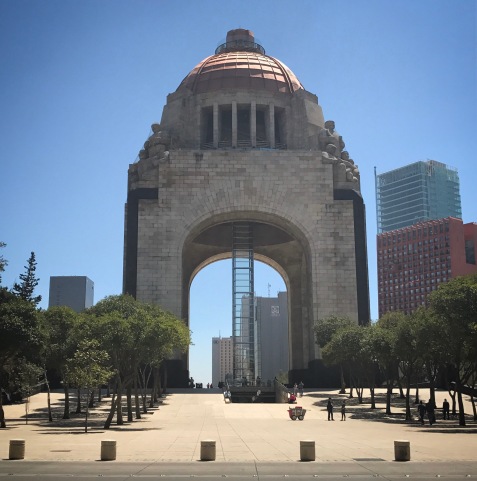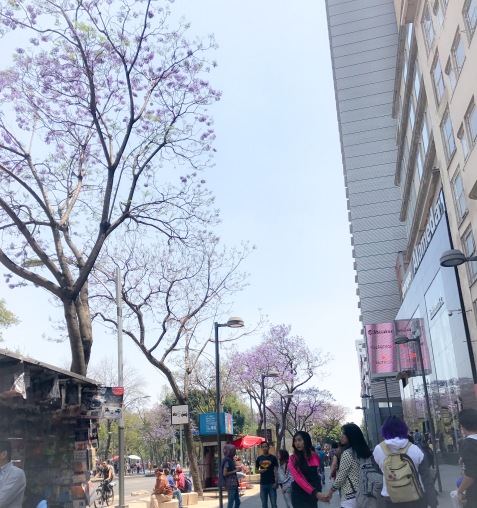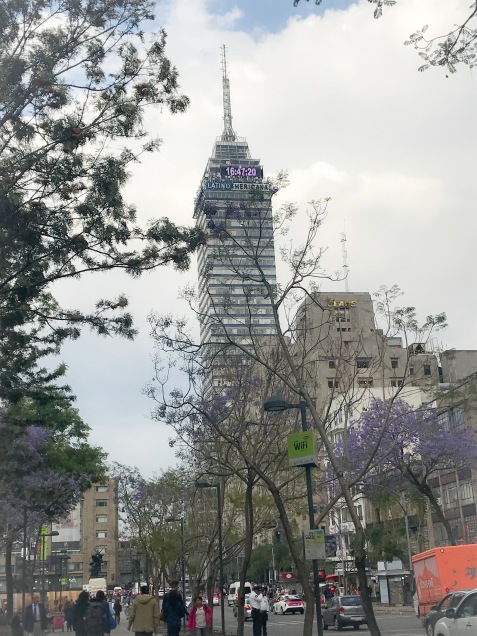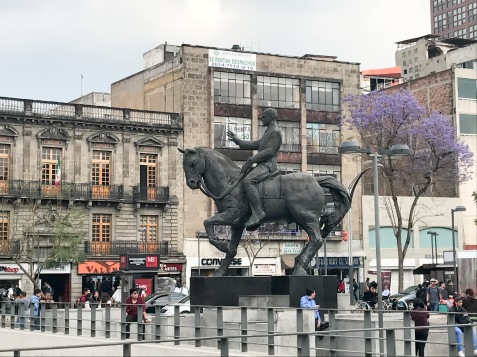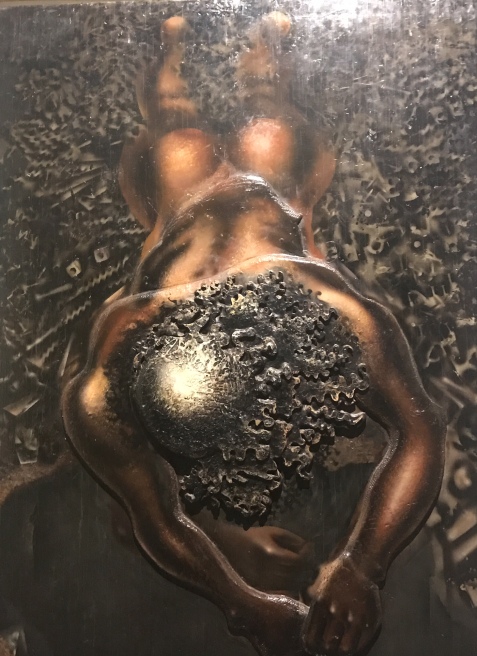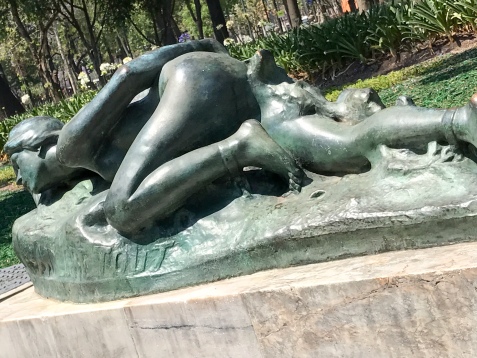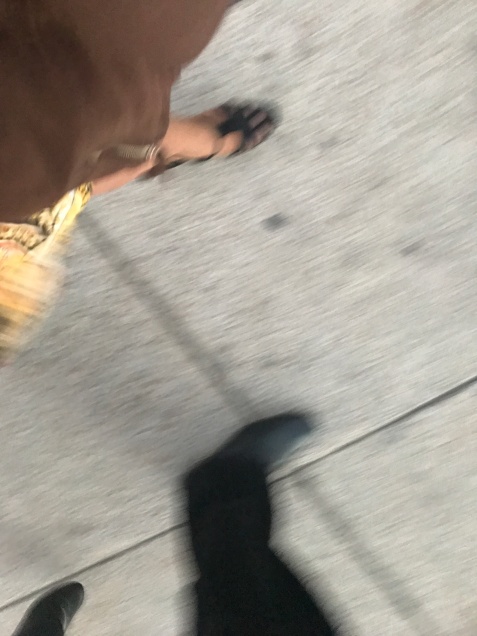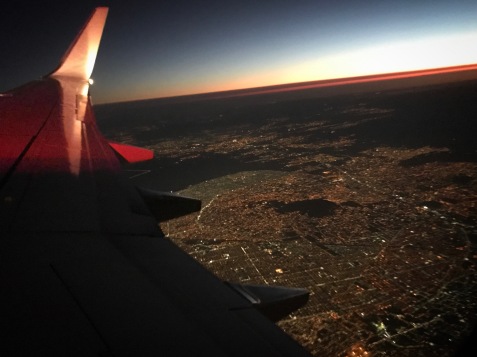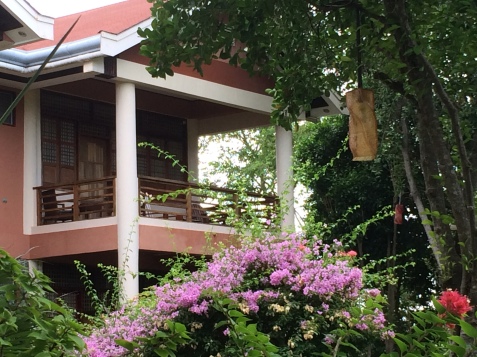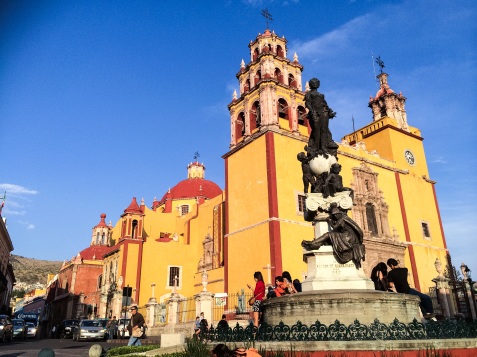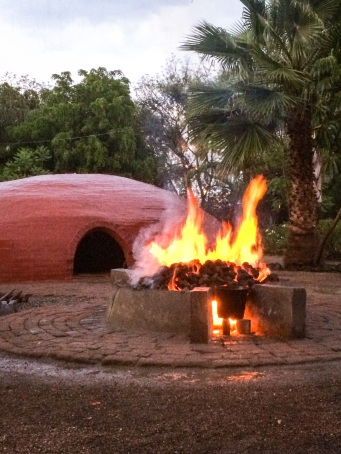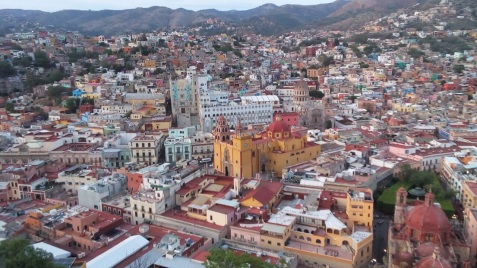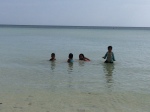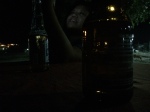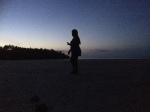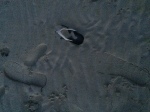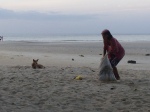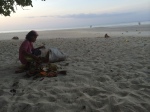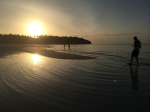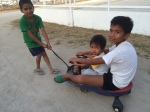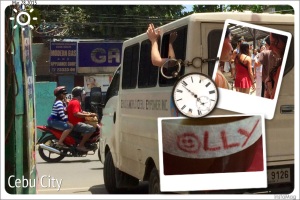The essence of knowing a place is beyond what our camera lenses and words can capture. It is beyond that famous tourist spot. Beyond the sights and sounds we easily remember. But we are lucky that we feel and that our hearts remember so that when we recall memories, we find out that the feelings from the experience are alive. They are the ones that really stay with us.
Whether it is a short trip out of town, a retreat by the mountains or a surrender at the beach or a rare opportunity to be in another country, I try to remember the sensations and write down my reflections or realizations. Sometimes, I don’t get to write them until after weeks, or a month, or months, or a year. Like this writing comes thirty-three days after I arrived.
Reflections and realizations are what makes traveling a learning, to some, life-changing. But they are also the ones that make you realize that wherever you go, you carry your home with you. Perhaps, because our home is inside. So, maybe, traveling, as a process most would describe as getting lost, is just about finding ourselves again. Or seeing what we have been failing to see. Or realize what we have been missing back home.
When I saw the Monument of the Revolution in Mexico City, I remembered what a friend said about how we could have immortalized the lessons of martial law but that we failed to do so. It seems difficult for the youth these days to see and believe that martial law during the Marcos regime was a dark time in history. But it is not difficult to believe the horrors of the holocaust because they have been immortalized in journals and museums. Perhaps, one reason why almost each one of us has a level of fascination with histories is because it is how we connect to our past and they are our mirrors—a reminder of how our present and future can be. They help us move into the direction that we want and evolve or regress.
When I was at Centro Historico, the seat of the Aztec ruins, where you can find the metropolitan cathedral and the national palace, where Aztec artists bang the drums and dance to the beat, while hundreds of people, probably, thousands, come and go to hear a mass, while tourists revel in the beauty of this expansive main square, I asked my Mexican friend, “what does this mean to Mexicans?” “Do you think this means something?” I added. “I doubt,” he said. It is possible that he is in a way disconnected or distant to the history of his city, but it is also possible that historical or archaeological or cultural centers like this have lost relevance to the lives of its people and that it will stay like that until they help us correct mistakes in our history—or until such time they serve to actually make our countries, the lives of the people, better. Look at the EDSA People Power Revolution in the Philippines and how the country has not really changed twenty to thirty years after.
Truly, Centro Historico was beautiful. I could almost cry with joy when we were approaching the main square, because it reminds you of the glories of ancient civilization and they make you see the beauty of human creations. It is in the air. I could taste it.
Some three-to-four hours away from Mexico City by bus is San Miguel de Allende in the state of Guanajuato. It is a charming place. The culture is so vibrant you see it in the streets—the music, the food, the souvenirs, the celebrations. I was in the city of Guanajuato in the same state of the same name sometime in May last year. Guanajuato and San Miguel de Allende have almost the same features—the long and winding roads of cobblestone, the vibrant colors of houses sitting on the slopes of a hill, the awe-inspiring architecture of different churches and shops—including a Starbucks coffee shop that seemed to have no choice but to blend into the features of San Miguel. The difference, I would say, is that I would liken San Miguel de Allende to a woman and Guanajuato to a man. It has a softer, more feminine features. It is probably the tunnels when entering and when in Guanajuato that makes me think it is more masculine, plus the mummies and El Pipila and the riding of the funicular to get there. San Miguel is more relaxed and graceful, like a woman walking, her dress flowing, swaying with the wind.
When my bus to Mexico City was leaving San Miguel, we saw a rainbow, and it stayed for a while. I knew then that the time that I was in Mexico was a crack to let a whole new light in, to a new way of seeing, thinking, feeling and willing. And I wasn’t wrong. Those angel-winged hearts at the souvenir shop were trying to tell me something.
